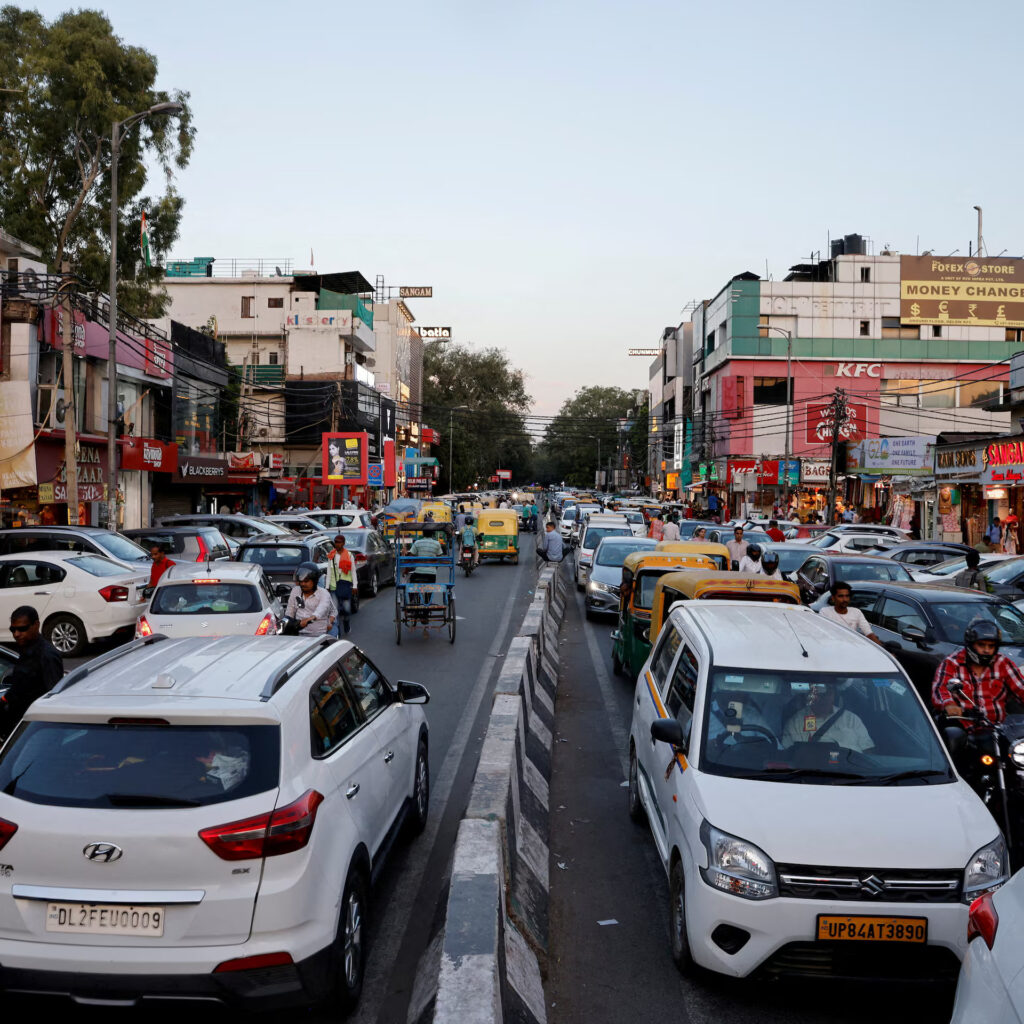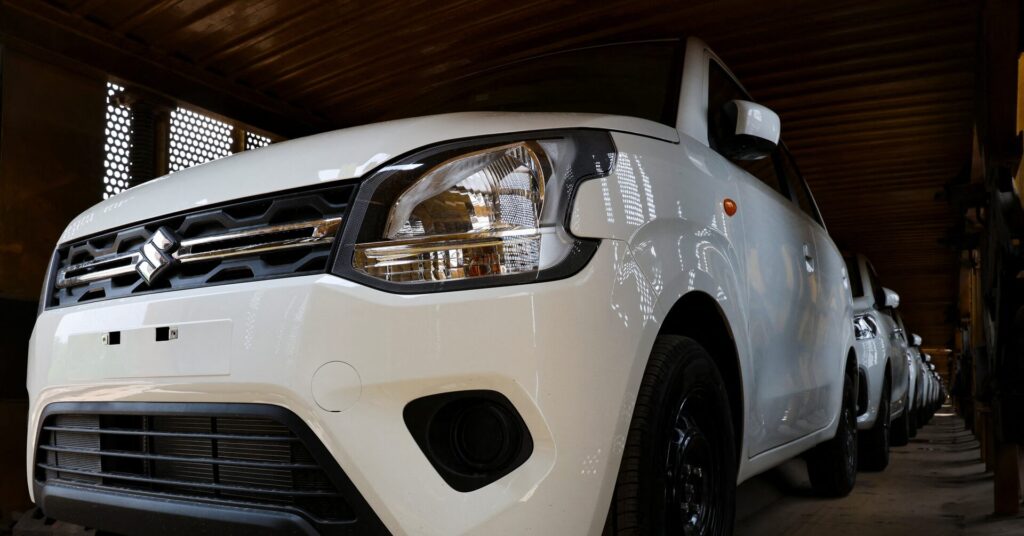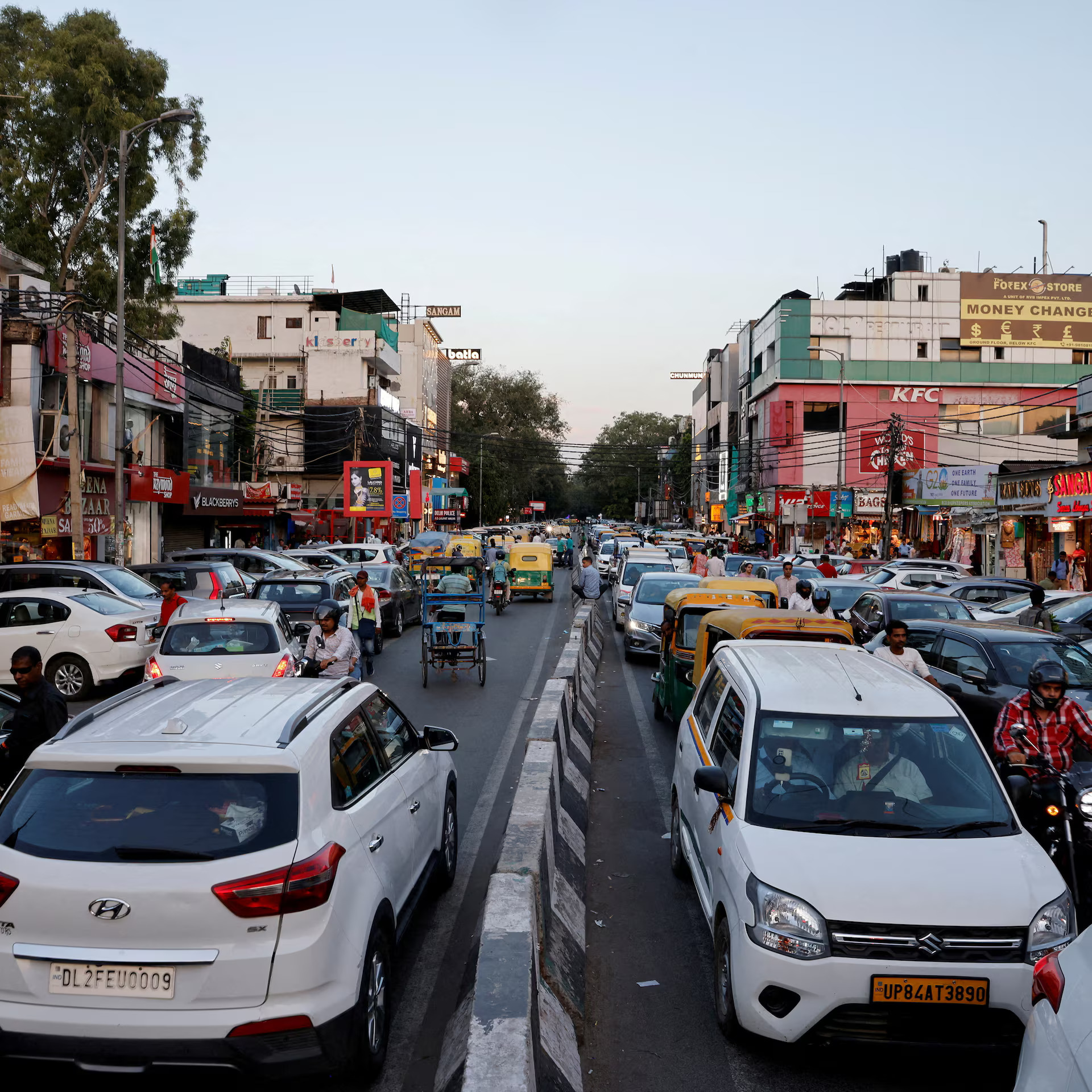
Introduction
India Auto Boom 2025, India’s auto industry is at a turning point. Two major policy shifts — the rollout of GST 2.0 and mandatory E20 blended fuel — are reshaping everything from car prices and consumer behavior to vehicle performance and environmental goals. Consumers are getting major savings across models, while automakers and the government respond to concerns about fuel efficiency and compatibility.
Table of Contents
GST 2.0: Sweeping Price Cuts & Changing GST Slabs
What Changed in GST 2.0
As of 22 September 2025, several GST rates applicable to automobiles have been revised. Lower GST slabs, removal of additional cesses, and rationalization across vehicle categories have made many cars (and parts) cheaper. The Economic Times+4ICICI Direct+4The Times of India+4
Some key changes:
- Small/hatch cars, 2-wheelers up to 350cc, and 3-wheelers have seen GST reduced from 28% to 18%. The Times of India+4ICICI Direct+4The Times of India+4
- Large cars (luxury segment) now have more predictable taxes; previous cess removed in many cases.
How Much Are the Price Cuts?
Consumers are seeing significant savings across various brands and vehicle types:
| Brand / Model | Max Discount Available |
|---|---|
| Toyota – Fortuner | Up to ₹ 3.49 lakh off The Times of India+2The Times of India+2 |
| Mahindra – XUV700 | Up to ₹ 1.43 lakh off The Economic Times+2The Times of India+2 |
| Volkswagen | Up to ₹ 3.27 lakh off across variants The Times of India+2The Times of India+2 |
| Audi India | ₹ 2.6-₹ 7.8 lakh discount on certain models The Times of India+1 |
| Tata Motors | Up to ₹ 1.55 lakh off certain models The Economic Times |
| Entry & mid-segment models (Maruti, Hyundai, etc.) | Savings in the tens of thousands to over ₹ 1-2 lakh depending on variant. |
Effects on Consumer Sentiment & Market Demand
- Enquiries have increased by ~15% since the GST cuts were announced. The Times of India+1
- Automakers have revised FY26 targets upwards expecting stronger sales. The Economic Times+1
E20 Fuel Rollout: Promise, Reality & Consumer Impact
What Is E20 and Why It’s Being Implemented
E20 is petrol blended with 20% ethanol. India has adopted this blend as part of its clean energy policy to reduce carbon emissions, support domestic agriculture (ethanol production), and lessen dependence on crude oil imports. The policy is now active at nearly all fuel stations, and automakers and government bodies have asserted that the new fuel blend has been tested for safety.

Reported Effects on Mileage & Vehicle Performance
According to a Niti Aayog report (2021), fuel efficiency may drop 2-6% for vehicles designed for lower ethanol blends. The Economic Times+1
The auto-industry (via SIAM) has confirmed that E20 is safe, but older vehicles not calibrated for high ethanol content may see a drop in mileage. Reuters+2mint+2
Mahindra has acknowledged that older models like Scorpio, Bolero etc. might experience reduced performance (acceleration/mileage) and is preparing advisories for customers.
Government & Manufacturer Responses
Government (via transport & petroleum ministries) claims that extensive tests show E20 does not dramatically affect mileage and that complaints are often due to improper maintenance or use in non-compatible older vehicles. Press Information Bureau+2The Economic Times+2
Automakers promise warranty protection even if customers use E20 fuel.
Strategic Implications & What Consumers Should Know
For Consumers
If buying a car, check if it is E20-compatible. New models post-2023 are more likely to be designed for it. mint+1
Expect slightly lower fuel economy, especially in older cars. Factor that into total cost of ownership.
Maintenance matters more now: regular air-filter, rubber/gasket parts, and fuel system upkeep becomes important.
For Automakers & Policy Makers
Clear labeling at fuel stations and in vehicle manuals about compatibility.
Public advisories for owners of older vehicles. Mahindra is already doing this. mint
Ensure that spare parts vulnerable to ethanol (seals, etc.) are available and service networks equipped.
Monitoring environmental effects and balancing cost vs impact.

Conclusion
GST 2.0 and the E20 fuel policy together represent one of the most significant shifts India’s automobile sector has seen in recent years. On one hand, sweeping price cuts are making cars more accessible across segments — from entry-level models to luxury SUVs. On the other, the E20 fuel rollout introduces trade-offs: slight mileage drops, especially in older non-calibrated vehicles, and heightened maintenance needs.
Success will depend on how well stakeholders manage the transition: strong communication, customer support, technical compatibility, and consistent policy implementation. Consumers, for their part, should stay informed, ask the right questions when buying, and maintain their vehicles carefully.
